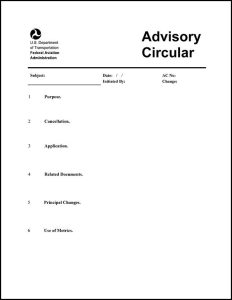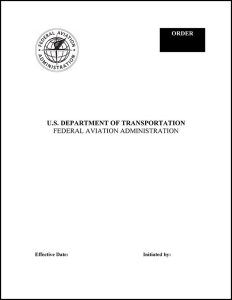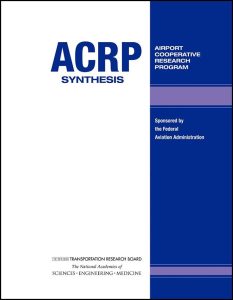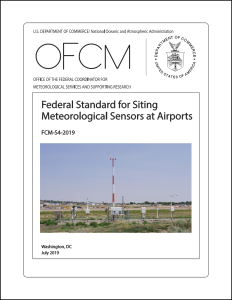To narrow the library of airside resources, use the filter boxes or airport map below or search box above.
Click an item below to expand.
Resources Matching Your Search
2017
This advisory circular (AC) contains the FAA standard for the non-federal AWOS. This AC applies to anyone proposing to design, manufacture, procure, install, activate, or maintain non-federal AWOS for aviation purposes.
2017
This order establishes the siting criteria that are used in the selection of suitable locations for automated weather observing systems that provide weather information at airports and heliports. This applies to all primary and secondary weather equipment at airports, heliports, and offshore platforms. Compliance with this order is required to provide pilots with representative weather information. The standard applies to all federally owned and federally funded systems, as well as non-federal systems that are to be approved by the FAA. Other users of meteorological data exist, and to the greatest practical extent, they have been considered in the development of this order, as long as it does not adversely impact its primary aviation purpose.
2019
The needs of airports may vary, depending on the types of operations typically conducted at the airport as well as the type of weather common to the airport. ACRP Synthesis 105 aims to provide the operators of general aviation (GA) airports a comprehensive source of information about airport-based weather observation options, so they may make informed decisions to support the operational needs of their airport. Weather observations at airports can come from either FAA-approved (certified) or advisory (non-certified) sources. Weather reporting at a GA airport, whether certified or not, typically comes from automated sources, because human observers are increasingly being phased out or stationed mainly at commercial service airports.
2018
This order provides general information on the installation, operation, and use of runway visual range (RVR) systems.
1993
This order directs the use of drawings, an instruction book and the site acceptance of new runway visual systems using teledyne controls.
2019
This document establishes the federal standard for siting meteorological sensors of automated weather observing systems at airports/heliports to collect meteorological data in support of aircraft operations as well as aviation and other weather forecasting.



